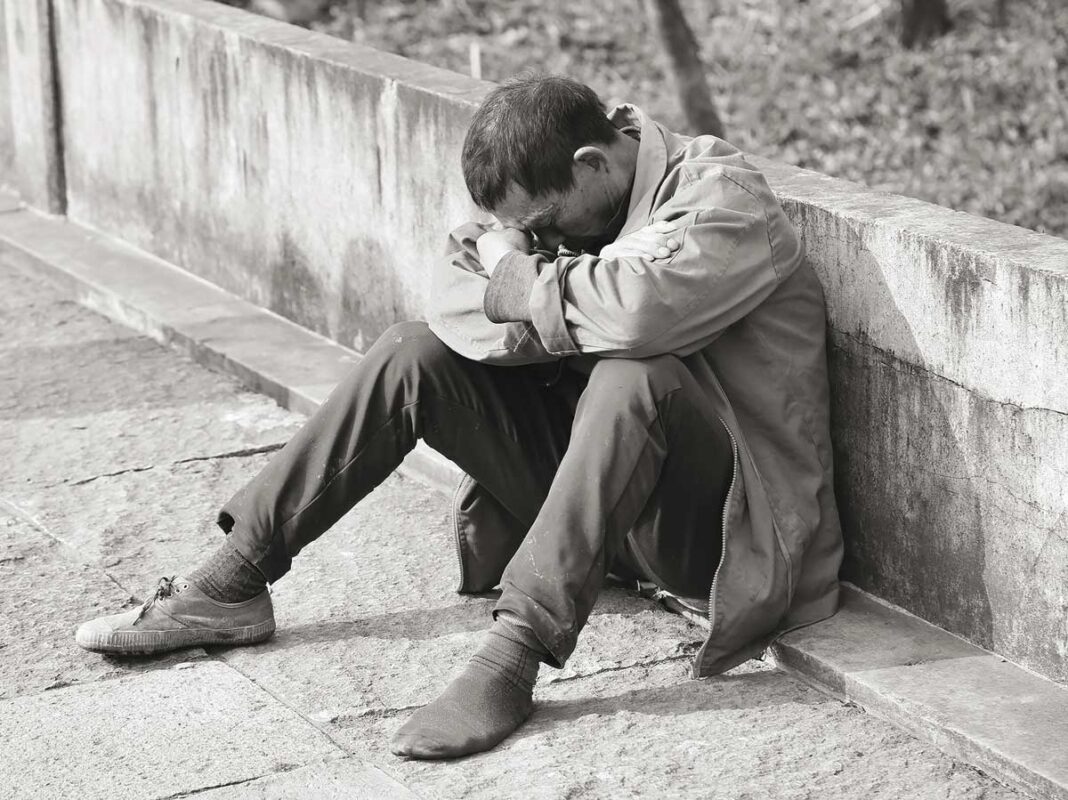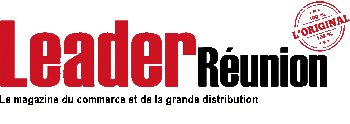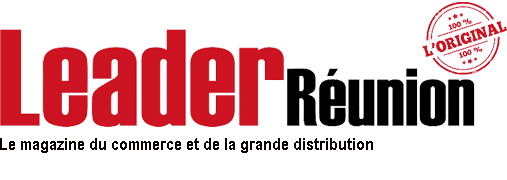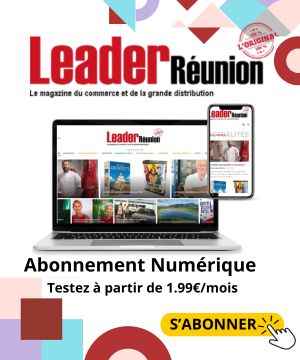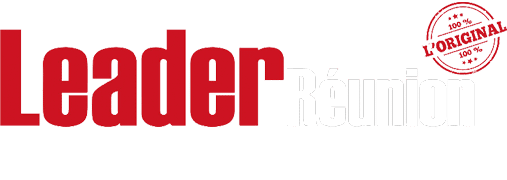In a new study, INSEE has adopted a new approach to poverty, integrating both income and the European Union indicator of material and social deprivation. This measures the inability to cover expenses linked to at least 5 elements of everyday life out of 13 considered desirable.. Most common examples : the inability to cope with an unforeseen expense of around 1,000 euros, not being able to replace your furniture and not being able to take a week's vacation away from home. INSEE defines extreme poverty as the accumulation of severe monetary poverty (standard of living below 50% of the French median standard of living), and at least 7 out of 13 material and social deprivations. Three out of ten Reunion Islanders are affected by monetary poverty (income below 60% of the metropolitan median standard of living, i.e. 1,100 euros per month per consumption unit) or the inability to cover everyday expenses. Half of this public combines both forms of poverty, according to INSEE. An equivalent share of the population is financially poor but is more successful in balancing its budget by limiting its spending. Vice versa, one in ten inhabitants are materially and socially deprived despite incomes above the monetary poverty line, due to the numerous constrained expenses they must face. The share of people in extreme poverty amounts to a total of 14% in Reunion Island.
Severe poverty affects 14% of Reunion Islanders
